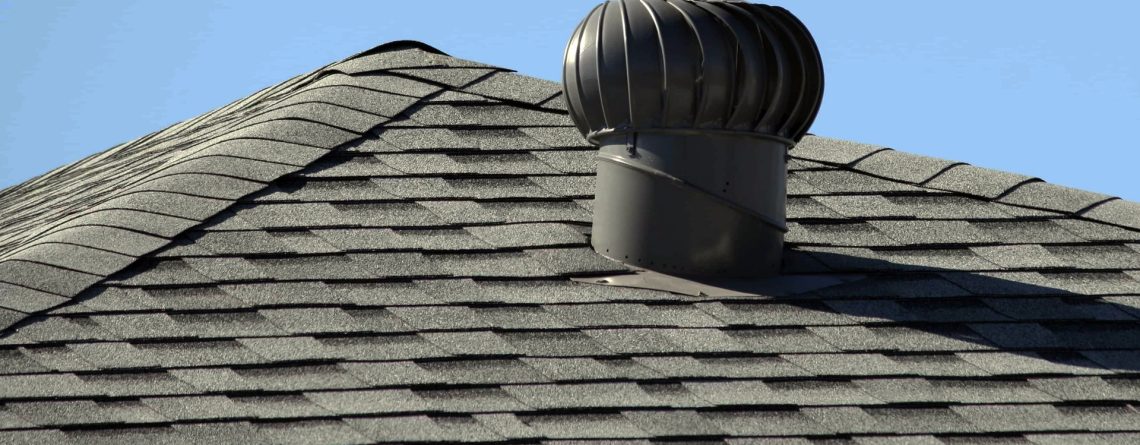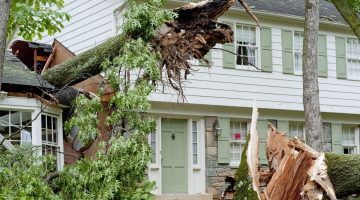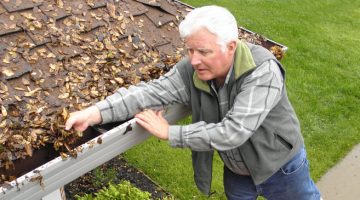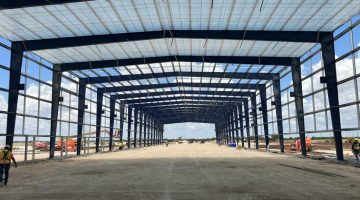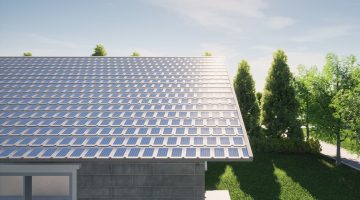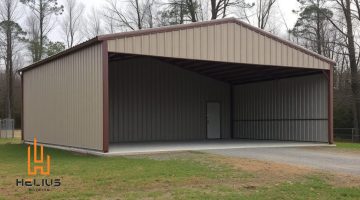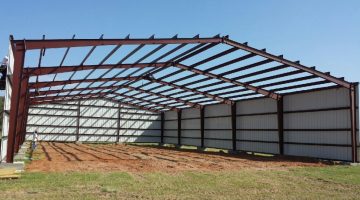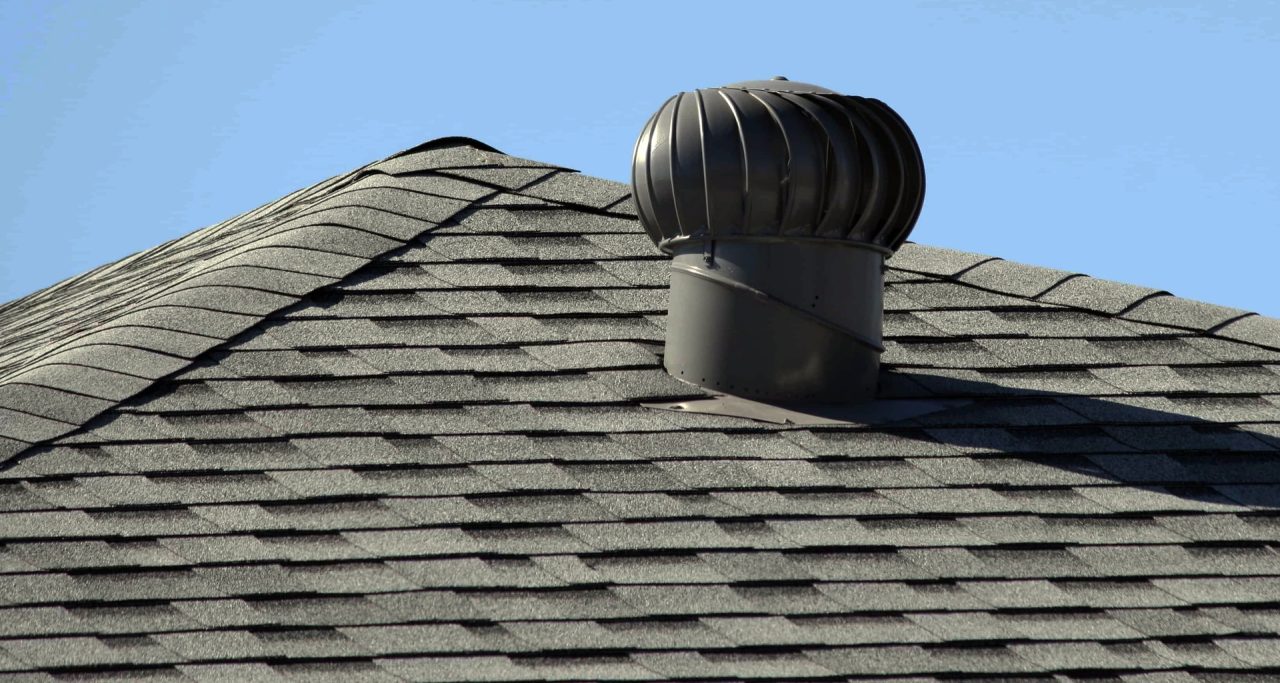
Roof ventilation plays a crucial role in maintaining the health and integrity of a building. It serves as an essential component of a well-designed roofing system, regulating temperature, preventing moisture buildup, and ensuring adequate air circulation. However, inadequate or improper roof ventilation can lead to a range of problems, including increased energy costs, structural damage, and compromised indoor air quality. To prevent these issues, it is essential to understand the importance of proper roof ventilation and implement effective strategies to maintain it.Importance of Proper Roof Ventilation:
- Temperature Regulation: Proper roof ventilation helps regulate the temperature in the attic or roof space, preventing excessive heat buildup. It allows hot air to escape, reducing the strain on cooling systems, and enhancing energy efficiency. In colder climates, it also prevents the formation of ice dams by equalizing the temperature between the roof and the attic.
- Moisture Control: Effective roof ventilation prevents moisture buildup by allowing humid air to escape. Accumulated moisture can lead to the growth of mold, mildew, and rot, which can compromise the structural integrity of the roof and pose health risks to occupants. Ventilation helps maintain a dry environment, protecting the roof and ensuring a healthy indoor atmosphere.
- Energy Efficiency: Proper roof ventilation reduces the demand for artificial cooling and heating systems. By minimizing heat buildup in summer and facilitating proper insulation in winter, it helps regulate indoor temperatures and reduces the need for excessive energy consumption. This, in turn, leads to lower utility bills and a more sustainable living or working environment.
- Increased Roof Lifespan: Inadequate ventilation can significantly reduce the lifespan of a roof. Excessive heat and moisture can cause shingles to deteriorate, leading to premature aging and the need for costly repairs or replacement. Proper ventilation allows for the dissipation of excess heat and moisture, thereby extending the lifespan of the roof and minimizing maintenance expenses.
Strategies for Preventing Problems with Roof Ventilation:
- Assess Ventilation Needs: Each building has unique ventilation requirements based on its size, location, and climate. It is crucial to assess these needs and determine the appropriate ventilation system. This may include a combination of intake vents (such as soffit vents) and exhaust vents (such as ridge vents or turbines) to ensure proper air circulation.
- Proper Installation: Ventilation components must be installed correctly to achieve their intended functionality. Engaging professional roofers who understand the importance of proper installation techniques is crucial. This ensures that vents are correctly positioned, adequately sealed, and free from any obstructions that could impede airflow.
- Regular Maintenance: Regular inspection and maintenance are key to preventing problems with roof ventilation. Cleaning vents, removing debris, and checking for signs of damage or blockage should be done at least once a year or as recommended by professionals. Any issues should be promptly addressed to maintain optimal ventilation efficiency.
- Consider Climate Factors: Climate plays a significant role in determining ventilation needs. Understanding regional weather patterns, temperature fluctuations, and humidity levels helps in choosing the right ventilation system. Local building codes and regulations may also provide guidelines on the required ventilation standards.
- Insulation and Air Sealing: Adequate insulation and air sealing go hand in hand with proper ventilation. Insulation helps prevent heat transfer between the attic and living space, reducing the strain on ventilation systems. Additionally, air sealing ensures that conditioned air does not escape through gaps or cracks, improving energy efficiency and maintaining the effectiveness of ventilation.
Conclusion: Problems with roof ventilation can lead to a range of issues, including energy inefficiency, structural damage, and compromised indoor air quality. By understanding the importance of proper roof ventilation and implementing effective preventive strategies, such problems can be avoided. Regular maintenance, professional installation, climate considerations, and insulation all contribute

